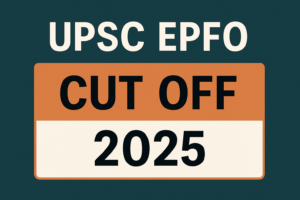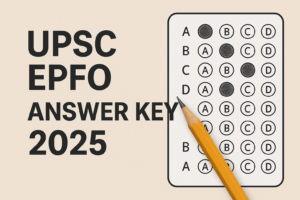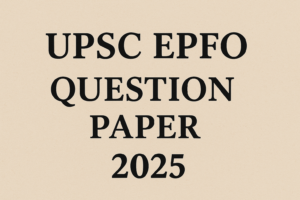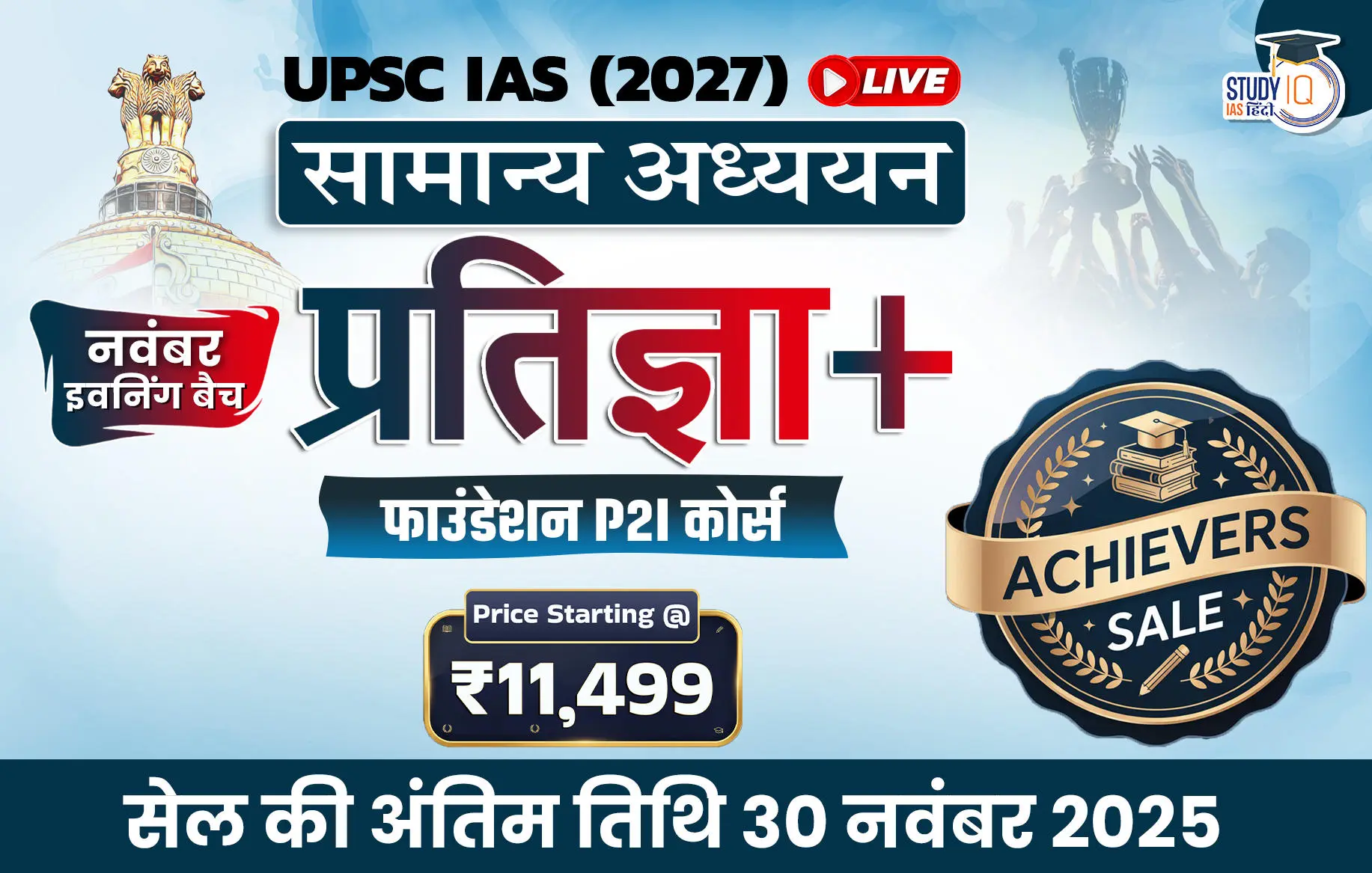Q.16. Inequality in the ownership pattern of resources is one of the major causes of poverty. Discuss in the context of ‘paradox of poverty’. (15 Marks, 250 Words)
| Approach: Start with a brief introduction defining the ‘paradox of poverty’ as poverty persisting in prosperous economies, linking it to resource inequality with a relevant quote. In the body, analyze how unequal access to land, capital, and resources fuels poverty, using Indian and global examples to illustrate the paradox. Add a dimension like institutional failures for depth, supported by specific cases. Conclude with policy suggestions aligned with SDGs to address inequality and poverty. |
“Inequality is not just an economic issue, but a barrier to human potential,” as economist Joseph Stiglitz notes, capturing how unequal resource ownership perpetuates poverty. The ‘paradox of poverty, where poverty persists in economically prosperous societies underscores how structural disparities in access to land, capital, and resources deepen deprivation despite growth.
Inequality in the ownership pattern of resources major causes of poverty
- Unequal land distribution: Concentration of land ownership limits access for the poor, restricting agricultural livelihoods.
- E.g.: In India, 10% of rural households own 54% of agricultural land, marginalizing small farmers (NSSO, 2019).
- Limited access to capital: Wealth concentration denies the poor credit, stifling entrepreneurship.
- E.g.: India’s top 1% hold 50.9% of wealth, constraining small businesses (Oxfam, 2023).
- Elites capture resources: Natural resource wealth benefits elites, bypassing local communities.
- E.g.: Jharkhand’s mineral wealth enriches corporations, yet 36.96% of its population lives below the poverty line (NITI Aayog, 2021).
- Exclusion of marginalized groups: Systemic barriers prevent SC/ST and women from owning resources, exacerbating poverty.
- E.g.: Only 12.8% of rural women in India own land, limiting economic agency (FAO, 2020).
Paradox of Poverty and Inequality in ownership of resources
The Paradox of poverty refers to the situation where poverty persists despite the availability of abundant resources or economic growth. In other words, even when a country produces sufficient wealth, food, or resources, large sections of the population remain poor due to unequal ownership and distribution of these resources.
- Poverty amid prosperity: Economic growth in prosperous regions fails to reduce poverty due to unequal resource distribution.
- E.g.: India’s GDP grew 7% in 2023, yet 6% of the population remains below the poverty line (SBI Research, 2023).
- Inequality-driven exclusion: High inequality (India’s Gini coefficient: 0.357, World Bank, 2023) prevents wealth from trickling down.
- Wealth Concentration: Top 1% Indians hold over 40% of national wealth (Oxfam India, 2023), while the bottom 50% hold only 3%. Economic growth does not reach the poor, reflecting persistent poverty amidst overall prosperity.
- Resource-rich but People-poor: Mineral-rich states like Jharkhand and Odisha continue to suffer high poverty. The paradox reflects violence of dispossession, where tribals lose land to mining but remain excluded from its wealth.
Reasons why this is happening: Institutional and policy failures
- Weak policy implementation: Inefficient execution of poverty alleviation schemes limits their impact, perpetuating the paradox.
- E.g.: Only 48% of MGNREGA funds were utilized effectively in 2022-23 due to bureaucratic delays (CAG Report, 2023).
- Case: In Uttar Pradesh, delayed PM-KISAN payments hindered small farmers’ productivity (PRS India, 2024).
- Corruption and leakages: Resource misallocation through corrupt practices diverts benefits from the poor.
- E.g.: PDS leakages in Bihar diverted 30% of food grains meant for BPL families (Economic Survey, 2023).
- Impact: Corruption undermines schemes like NFSA, sustaining poverty in prosperous states.
- Lack of institutional accountability: Absence of robust monitoring mechanisms allows elite capture and exclusion.
- E.g.: Only 3.8% of Forest Rights Act claims settled, denying tribals land rights (MoTA, 2024).
- Case: In Chhattisgarh, DMF funds (40% unutilized) fail to reach mining-affected communities (CSE, 2024).
Way Forward
- Land redistribution: Implement land reforms, as per the 15th Finance Commission (2021), to ensure equitable access for small farmers and tribals.
- E.g.: NITI Aayog’s Model Land Leasing Act (2016) can protect tenant farmers’ rights.
- Financial inclusion: Expand microfinance and credit access, per RBI’s Financial Inclusion Strategy (2020-25).
- E.g.: SHG-bank linkage programs empowered 14 crore women by 2023 (NABARD, 2023).
- Transparent resource governance: Enforce equitable resource allocation under the Mines and Minerals Act, 2015, to benefit local communities.
- E.g.: Utilize District Mineral Foundation funds, underused in Jharkhand (CSE, 2024), for community development.
- Empower marginalized groups: Accelerate Forest Rights Act (2006) implementation and promote women’s land ownership (NITI Aayog SDG Index, 2023).
- E.g.: Odisha’s Mo Jami Mo Diha campaign settled 10,000 tribal claims in 2024 (MoTA, 2024).
- Strengthen institutional mechanisms: Enhance policy implementation and accountability, as per CAG recommendations (2023), to curb leakages and delays.
- E.g.: Digitize PDS delivery, as piloted in Tamil Nadu, to reduce leakages by 20% (Economic Survey, 2024).
Inequality in resource ownership sustains the paradox of poverty, where prosperity coexists with deprivation. By adopting land reforms, inclusive finance, and robust governance, as outlined in recent policy frameworks, India can align with SDG 1 (No Poverty) and SDG 10 (Reduced Inequalities), transforming economic growth into inclusive prosperity.

 UPSC EPFO Cut Off 2025 (Expected): Categ...
UPSC EPFO Cut Off 2025 (Expected): Categ...
 UPSC EPFO Answer Key 2025 Out (Unofficia...
UPSC EPFO Answer Key 2025 Out (Unofficia...
 UPSC EPFO Question Paper 2025 PDF Downlo...
UPSC EPFO Question Paper 2025 PDF Downlo...

























